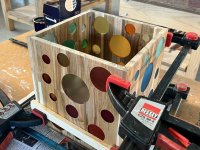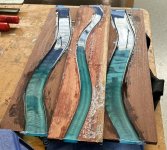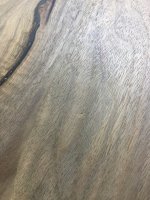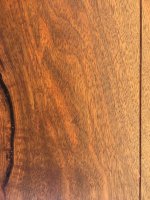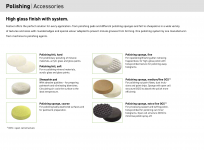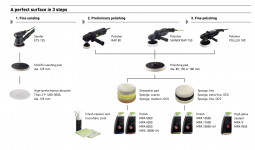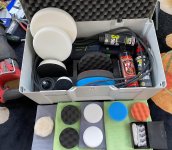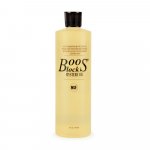Hi all,
I‘m a newbie here and also new to Festool. I bought a Rotex 150 with the purpose of sanding and finishing some of my planned epoxy/wood projects.
One of my first projects is a light box out of teak and epoxy resin (see attached photo). I have sanded everything up to 1500 grit so far and here are my questions
Otti
I‘m a newbie here and also new to Festool. I bought a Rotex 150 with the purpose of sanding and finishing some of my planned epoxy/wood projects.
One of my first projects is a light box out of teak and epoxy resin (see attached photo). I have sanded everything up to 1500 grit so far and here are my questions
- Can I use the sheep skin polishing pad without any compound
- i have used Carnuba wax after sanding. Can I polish the wax with the sheep skin
- I’m planning to use Cabot’s water-based polyurethane (clear) on a wood/epoxy tray and coasters (picture attached) and want to get the shine really out of the epoxy. Can I polish that with or without a compound
- How should I go about sanding epoxy and wood projects, if the parts are too small to treat differently when sanding?
- I need to sand the epoxy at least up to 1500 grit, but the wood is enough at 240 or 400. If the wood is sanded higher, some finishes might not stick to the wood, won’t they?
Otti

